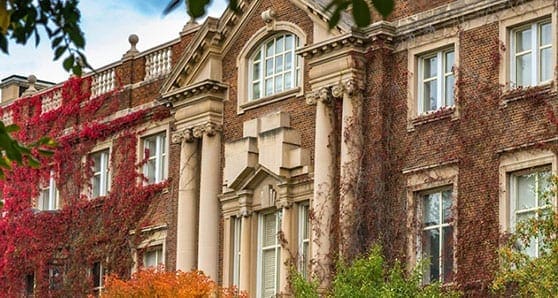 Three Alberta universities rank in the top five nationally as “hot zones” in a new real estate investment report.
Three Alberta universities rank in the top five nationally as “hot zones” in a new real estate investment report.
For the first time, the report looks at how university campuses influence real estate rents, prices, values and investment potential upward.
The inaugural University Effect: A Report for Rental Housing Providers was released by the Real Estate Investment Network.
REIN’s University Hot Zone serves as a filter to screen which universities qualify for an investment “hot zone” and therefore warrants further research. REIN applied its University Hot Zone to a number of Canadian universities. Here are the ones that passed, meriting further diligence for potential investors:
- University of British Columbia – Okanagan (UBCO)
- Simon Fraser University – Surrey & Burnaby Campuses (SFU)
- University of Alberta (U of A)
- University of Calgary (U of C)
- University of Lethbridge (U of L)
- University of Saskatchewan (U of S)
- University of Manitoba (U of M)
- University of Ottawa (U of O)
- Carleton University
- University of Toronto (U of T)
- University of Prince Edward Island
The report suggests that REIN’s ‘University Effect’ exerts the greatest impact on real estate the closer the property is to a specific university or post-secondary institution. According to the report, average house prices increase by one per cent for every kilometre closer to a university. This is due to high student housing demand especially within 400 metres, or no farther than a 30-minute transit commute, from a university campus.
“REIN’s research effectively decoded the University Effect by explaining exactly what makes student housing tick based on a thorough understanding of its economic fundamentals as described in REIN’s Long-Term Real Estate Success Formula. What’s more interesting is the fact that millennials make up most of the student population whether domestic or international and this is good news for rental housing providers interested in meeting the unique housing preferences of this influential generation,” said Jennifer Hunt, vice-president of research and events at REIN, in a statement.
“What makes this report ground-breaking is its ability to help investors make the most out of the colossal demand for student housing while also highlighting the role millennials are playing in this huge niche market. It may be a challenge for some, but it is definitely an opportunity for astute investors to strengthen their portfolio and protect it from risk and devaluation in weaker or unstable markets,” said Don R. Campbell, Senior Real Estate Analyst for REIN.
The report said public post-secondary institutions in Canada currently have insufficient facilities to accommodate a majority of its students with most universities allotting their already limited housing supply to first-year students. The report illustrates the widespread lack of student housing across the country stating “[a] mere three per cent of Canadian university students live in purpose-built, off-campus housing. Therefore, 97 per cent need housing in the public rental pool.”
Mario Toneguzzi is a Troy Media business reporter based in Calgary.
The views, opinions and positions expressed by columnists and contributors are the author’s alone. They do not inherently or expressly reflect the views, opinions and/or positions of our publication.

